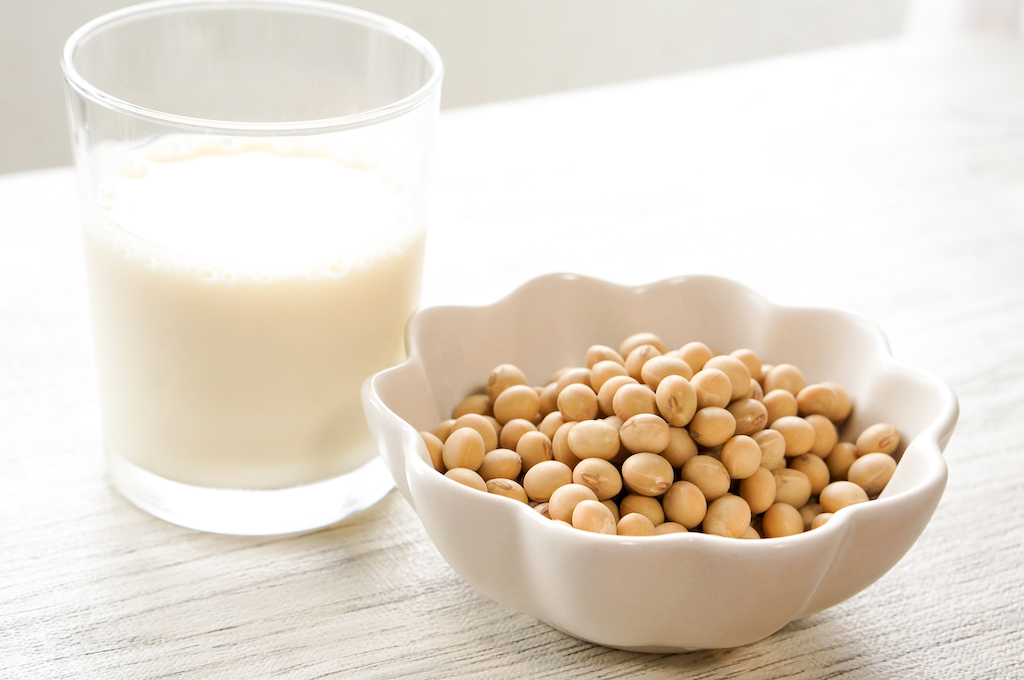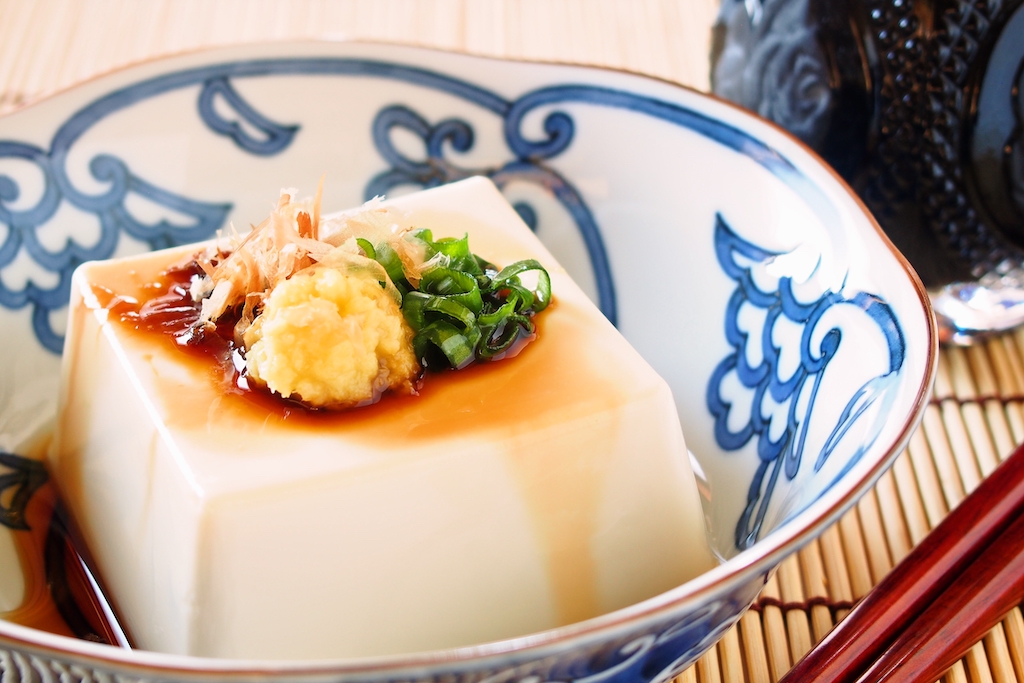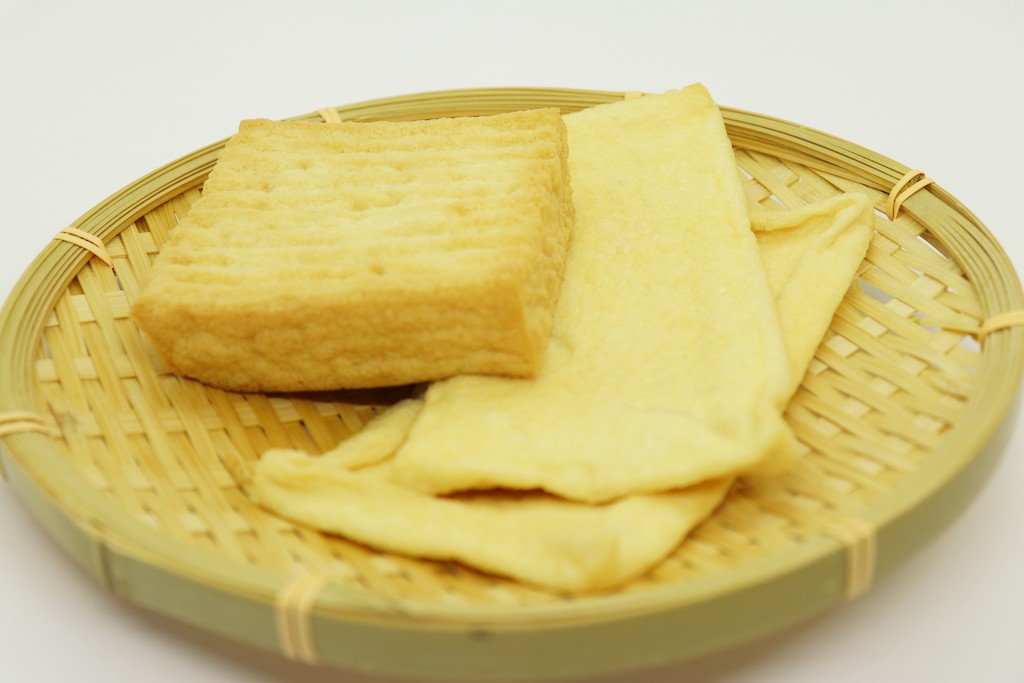As you can see in the manufacturing process of tofu (see the link below), soy milk is the essential raw material for tofu.
What’s the Difference Between Firm Tofu and Silken Tofu?
Besides tofu and soy milk, I want you to know other excellent Japanese foods made from soy (soy milk): Okara and Yuba.
Those products are all made from soybeans, but it’s easy to get confused about what each one is like. So, I would like to arrange the information about Japanese foods relating to soy milk here.
Soy Milk
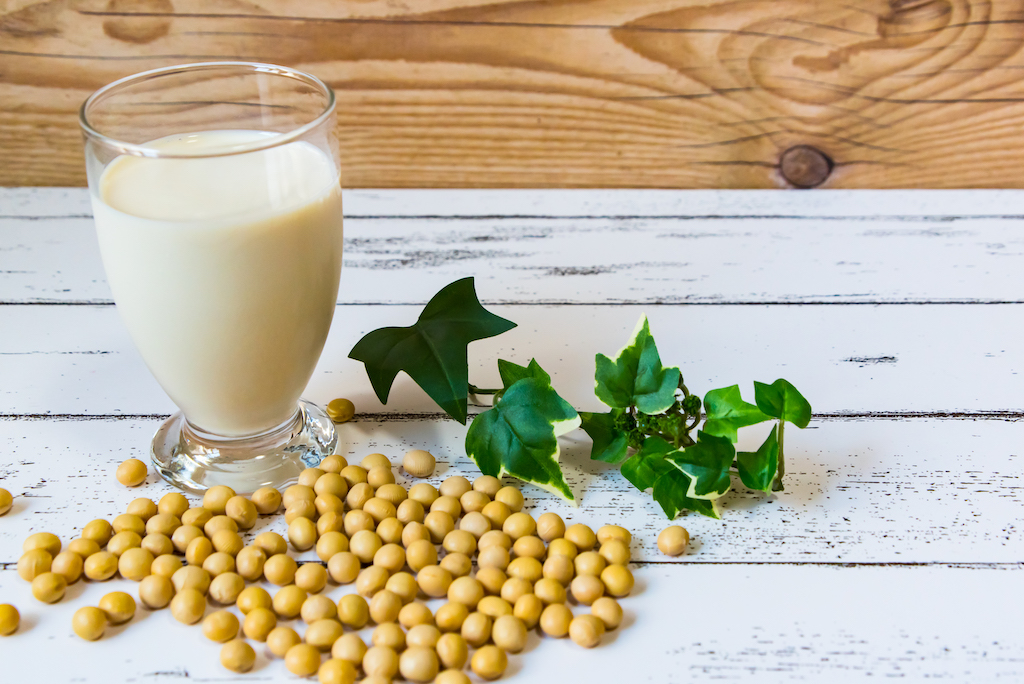
To make soy milk, you need to soak soybeans in water and finely grind them first. Then, add water and boil down. Finally, there will be liquid left after filtering out the solid. This liquid is soy milk.
Tofu
Tofu is made by adding coagulant to soy milk.
If you are interested in learning more about the coagulant, please check here:
How Do You Firm Up Tofu? – What Exactly Is Nigari?

Soy milk is not very familiar food for Japanese people due to the unique smell of it or other reasons. On the other hand, tofu is often used in Japanese dishes. I think it’s because tofu matches so well with various ingredients and seasoning, and easier to eat.
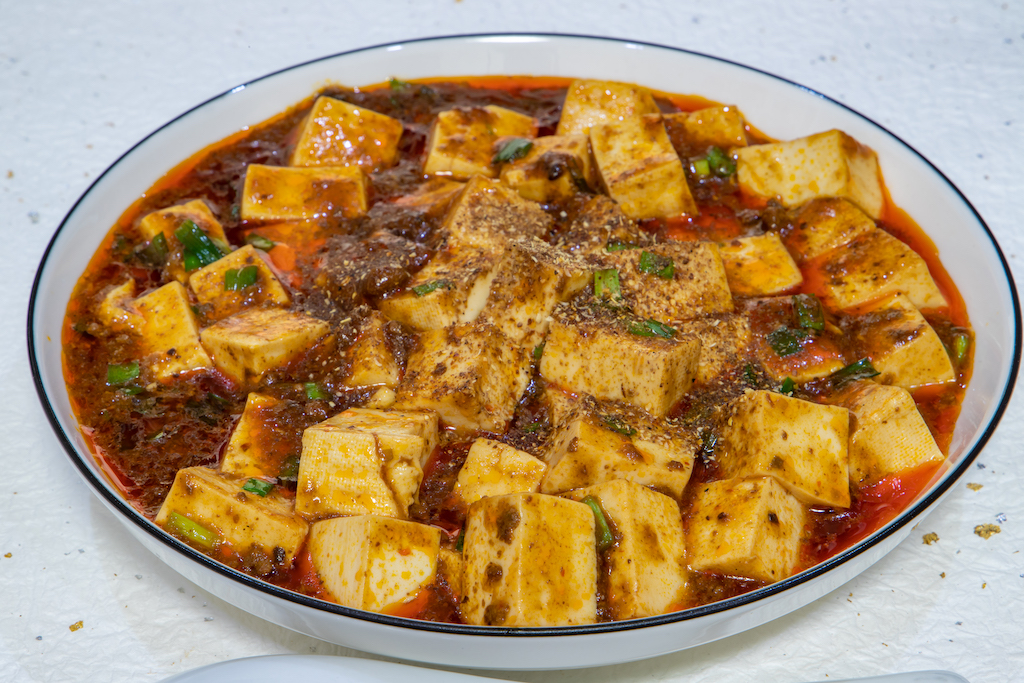
5 Types of Tofu and Their Uses
Okara (Soy Milk Pulp)

Okara can be translated into “soy milk pulp” in English.
As the English name says, this is residue when making soy milk. In the final process of making soy milk, you will get remaining residue filtering out the pureed soybeans. This is exactly okara.
Japanese people usually make roasted okara so that they can extend the shelf-life of okara. The way of eating it depends on your taste. I like to cook okara by simmering or by stir-frying with various vegetables and mushrooms. You can also eat raw okara as it is. I recommend to eat it mixing with potato salad.
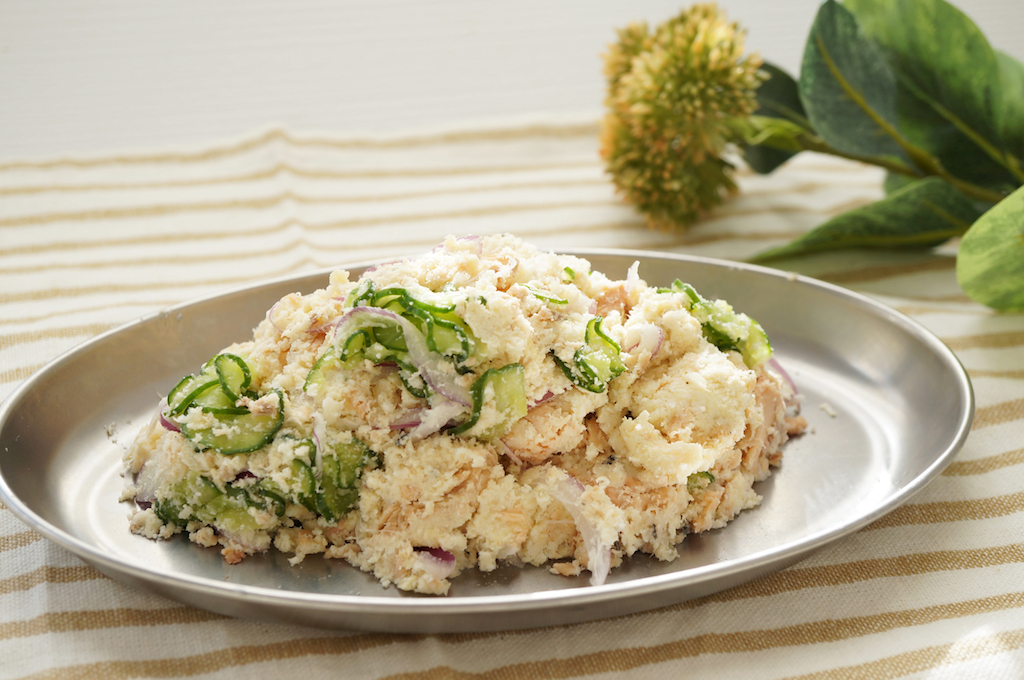
More information about Okara is here:
What Is Okara and How Is It Used?
Yuba (Tofu Skin)
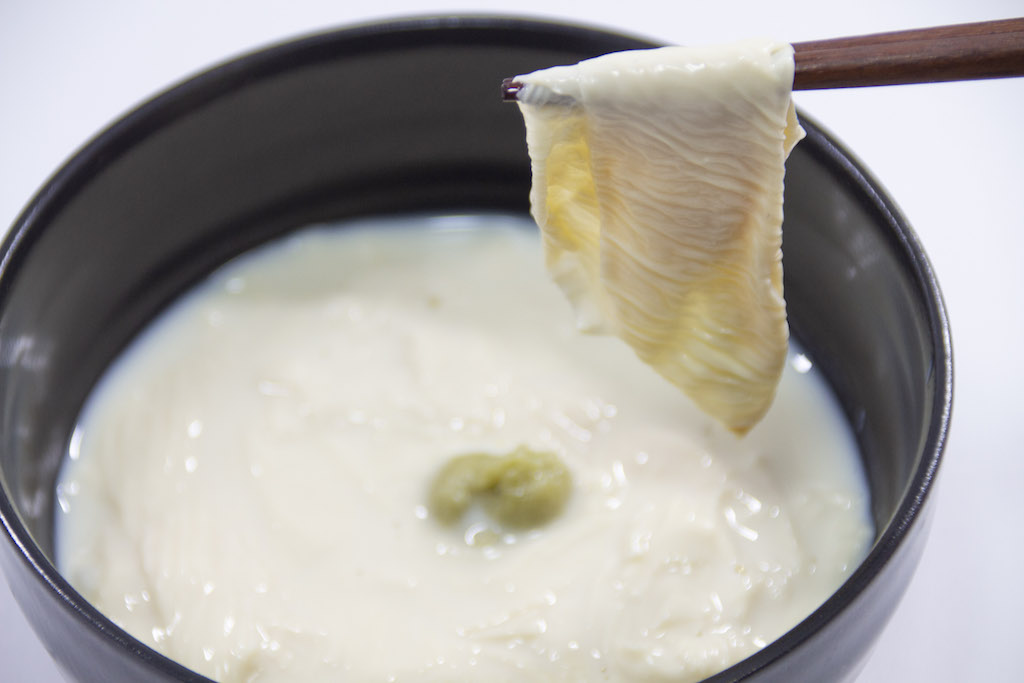
A thin film is formed on the surface of soy milk when it’s slowly heated. Yuba is exactly the thin film that is pulled up from the heated soy milk.
I like to eat raw yuba as it is. Eating yuba with soy sauce and wasabi is just like the sashimi, and extremely delicious. Deep-fried yuba is also great, it gets savory flavor and juicy.
Yuba is not as common material as tofu, but widely known as an ingredient in buddhist vegetarian meal. Kyoto, Nara, and Tochigi is some of the famous prefectures for yuba.
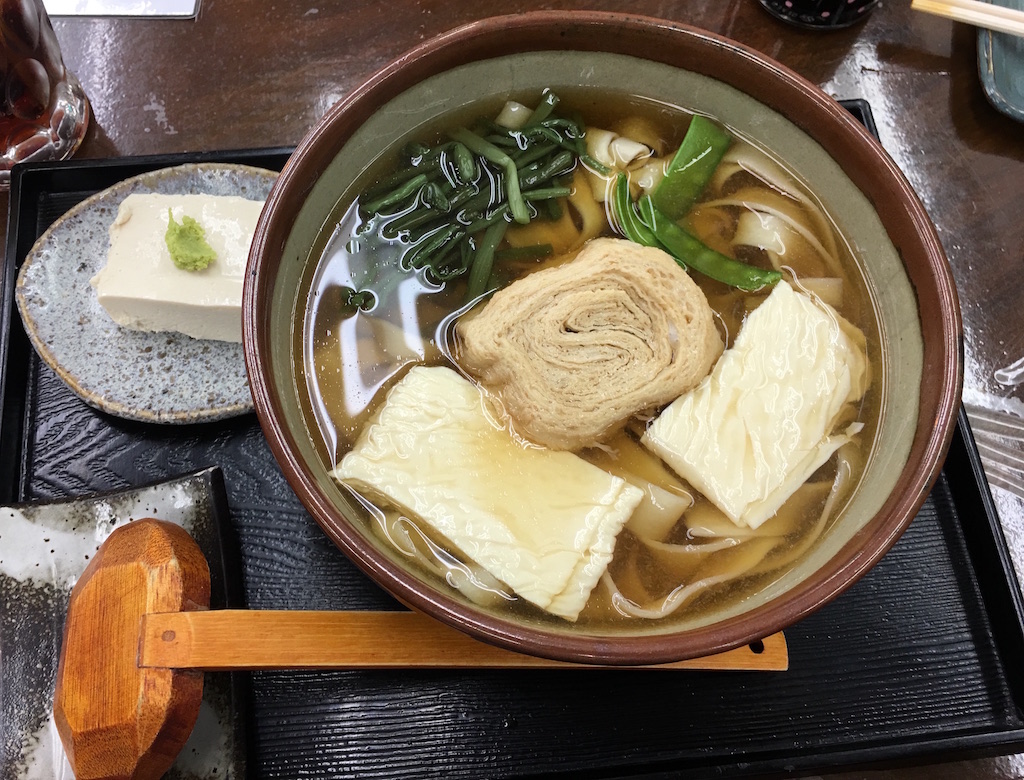
More information about Yuba is here:
What Is Yuba and How Is It Used?
It’s interesting to change the shape from the same material and change it to various ingredients, isn’t it?
All foods above are very nutritious containing protein, vitamins, isoflavones, etc, and It’s said that those soy products work well for preventing cancer and lifestyle-related diseases.
Please try delicious, healthy soy foods if you have a chance!
Click below to see more about Japanese soybean products.
Top 21 Japanese Soybean Products

